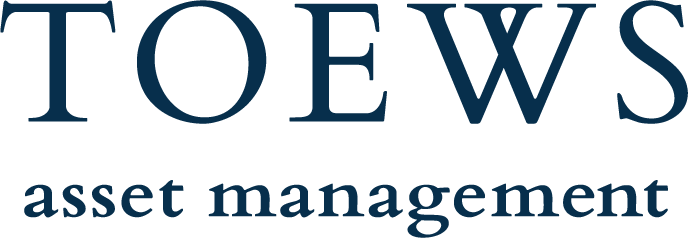
Are You Vulnerable to Market Biases?
Ask yourself this question: How do I feel about the stock market (or high yield bond market)? Do I feel 1) optimistic and comfortable, 2) anxious and guarded, or 3) pessimistic and fearful? The response that most give to this question varies based on what is happening or has just happened in the economy and the financial markets. Optimism and

New Element of Risk Management Added across Many Toews Equity Portfolios
Markets Gain Further in Q2 After a 6% rise in the first quarter, the S&P 500 Index gained 3% in the second quarter, putting the markets on course to deliver double digit gains in 2017. Other indices also gained, with the Russell 2000 Small Cap Index gaining 2.5% and the International MSCI EAFE Index moving ahead 6.2% 2. When markets

Best thing/Worst thing Market Accelerates
Nothing gratifies investment managers or their investors like a climbing stock market. And the stock market did just that in the first quarter of this year. The S&P 500 Index increased 6% over the past three months, building on post-election gains last year. Other indices also gained, with the small cap index trailing the large cap index. The Russell 2000

Animal Spirits Realized after Election
As we flip the calendar to 2017, we are looking at new opportunities and challenges. Regardless of one’s political views, the US markets are looking favorably on the election results. We have seen a rapid rise in stocks since the morning of November 9th. The sentiment that regulation will be eased to spur business development has done a great deal

Investor Temptations Near Market Tops
The current stock market bull has lasted longer than normal, yet it continues to rise. After stock market advances, it’s tempting to move a bigger portion of our portfolios into stocks or other risky assets. What’s the best way to position our portfolios, and our mindsets, near market tops? First, we should acknowledge that even if markets are overvalued, that
Brexit and Investor Portfolios
The recent vote by the U.K. to leave the E.U. (Brexit) stoked market fears. Stock markets fell and news headlines brought feelings of uncertainty to investors across the globe. After falling sharply for several days, markets rebounded at the end of the quarter. Despite this quick recovery, however, the ultimate outcome of the Brexit vote is still unknown. Further, this
Markets Fall and Recover in the First Quarter
Stock downturns are common. Every decade over the past 100 years has produced at least one loss of nearly 20% or greater and most decades have produced multiple bear markets(1). The current decade, however, is a notable exception because we have not seen such a significant loss. And until the downturn this quarter, markets have produced few meaningful moves lower.
One of the Most Important Lessons of Investing: Declining or Lackluster Markets may be Predictive of Gains
Since 1915 the stock market has gained 10% per year (1). However, those returns aren’t provided to investors equally every year. Instead, some years deliver losses, and others provide low single digit returns. High return years, when the markets move up by 20% or more, occur infrequently but have produced 66% of stock market gains over the past 100 years
Invoking Your Inner Spock
Over the past 18 months the global stock market has moved lower by 1.4%(i). It gained in 2014, only to lose those gains and more over the past 5 months. Up, down, up, down. What is going on? Investors may look at this activity and question the validity of their investment strategy. Why can’t their investment portfolio produce a reasonable




